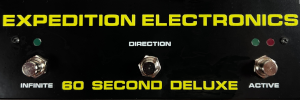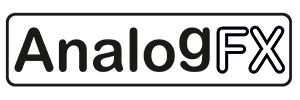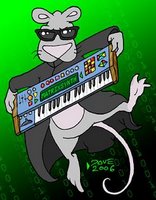Showing posts sorted by date for query oddment. Sort by relevance Show all posts
Showing posts sorted by date for query oddment. Sort by relevance Show all posts
Friday, December 05, 2025
Not Just for Textures: 3 Grain Processing Techniques for Beat Makers
video upload by Oddment
"In this video, I walk through three practical grain-processing techniques for beat makers using granular synthesis. Instead of the usual pads and soundscape examples, I’m focusing on drums and rhythmic material — showing how grains can shape feel, create modulation effects, add tonal character, and even move into wavetable-style synthesis.
These examples use loops from Joshua Van Tassel, part of the upcoming Odd-1 factory library. The Odd-1 is a modular grain synthesizer we’ve been developing at Oddment, and all of these techniques can be recreated directly on the hardware.
Techniques covered:
• Tempo-locked grains for changing the feel
• Grain-size modulation and rhythmic dropouts
• Tonal effects using closely spaced grains
• Wavetable-like sounds from tiny slices of audio
If you’re interested in granular synthesis, drum processing, time-stretching, or experimental beat-making techniques, you’ll probably find something useful here.
We’re finishing up the first small production run of the Odd-1. If you’d like updates or want to join the waitlist, you can do that on our website: https://www.oddment-audio.com/waitlist
Follow us on instagram for more tips and demos: / oddmentaudio
Chapters:
00:00 Intro
00:56 Grain Synthesis: Just for textures?
01:29 Technique 1: Tempo-locked grains
03:33 Technique 2: Grain dropouts + rhythmic modulation
06:03 Technique 3: Tonal grain effects, including
06:53 Odd-1 Wavetable mode
09:25 Closing
Credits / Gear:
– Odd-1 Modular Grain Synth: https://www.oddment-audio.com/odd-1
– Drum loops by Joshua Van Tassel: https://www.joshuavt.com
– Intro/Outro music by Lee Clarke: https://leeclarke.bandcamp.com
– Ableton Live for comparison examples
If you have questions or want a deep dive into a specific part of granular synthesis or beat processing, feel free to leave a comment."
Friday, November 14, 2025
ODD-1 Overview 05: LFOs, Macros, Patching
video upload by Oddment
"This is the fifth in a series of videos to show all of the ODD-1's functions in more detail. In this one we show off the LFOs, Macros and how to create modulation connections. There are 4 LFOs, 3 Envelopes, 4 Macros (assignable knobs), 4 Control inputs and MIDI information that can all act as modulation sources. Any parameter on the device is a parameter destination. Unlimited connections are made by holding down a destination parameter and then pressing or twisting a modulation source."
All parts here
Wednesday, November 12, 2025
ODD-1 Overview 04: Sample
video upload by Oddment
"This is the fourth in a series of videos to show all of the ODD-1's functions in more detail. In this one we show off the SAMPLE function. Here you can choose a sample from the factory library or user-uploaded samples, control the playback mode and the section available for granulation, play and hold notes, set loop points and interact with pitch, tempo and channel information of the sample. We also show the auto pitch and tempo alignment features."
All parts here
Monday, November 10, 2025
ODD-1 Overview: 03 Envelopes & Time Path
video upload by oddment
"This is the third in a series of videos to show all of the ODD-1's functions in more detail. In this one we show off the ENVELOPES function. Here you can control the note amplitude envelope and timing, access 3 envelopes that can be used as modulation sources, and use our unique TIME PATH feature to dynamically adapt the playback speed."
All parts here
Saturday, November 08, 2025
Oddment ODD-1 Build Update & Demos
video upload by oddment
Demos
video uploads by oddment
Playlist:
1. ODD-1 Overview: Playheads
For a long time now we have tried to live by the words of the great Michael Bolton from the movie Office Space, "why should I change when he's the one who sucks?" But language evolves, and unfortunately, the word “grok” has taken on associations that are problematic. Oddment has evolved too. Starting from one quirky product idea, in 3 years we have grown and are now ready for manufacturing and fulfillment of this product, with ambition to make it the first among many. So with much consternation, we have decided to drop the name groc. When we thought about a new name, we thought that what we have is a little unusual, perhaps a little outside the norm...you might even call it, the ODD-1. This is the first in a series of videos to show all of the ODD-1's functions in more detail. In this one we show off half of the encoders that control the granular synthesis engine - the PLAYHEADS function. Here you can control the level, starting point, tuning (aka pitch adjustment) and playback speed for up to 4 different granular playheads. The auxiliary functions available on the touch screen introduce random variability in different ways.2. ODD-1 Overview: Grains
This is the second in a series of videos to show all of the ODD-1's functions in more detail. In this one we show off the second half of encoders that control the granular synthesis engine - the GRAINS function. Here you can control the size, spacing, left-right placement, and grain window shape. Each control also has a related function, introducing grain size variability, spacing jitter, binaural scatter, and a front-back bias for the window shape. The auxiliary functions available on the touch screen control a bandpass filter that can be randomized per grain and adjust whether grain size is regulated in the source sample or in the output signal, which can have a big impact on sound characteristics.3. ODD-1 Overview: 03 Envelopes & Time Path
This is the third in a series of videos to show all of the ODD-1's functions in more detail. In this one we show off the ENVELOPES function. Here you can control the note amplitude envelope and timing, access 3 envelopes that can be used as modulation sources, and use our unique TIME PATH feature to dynamically adapt the playback speed.4. ODD-1 Overview 04: Sample
This is the fourth in a series of videos to show all of the ODD-1's functions in more detail. In this one we show off the SAMPLE function. Here you can choose a sample from the factory library or user-uploaded samples, control the playback mode and the section available for granulation, play and hold notes, set loop points and interact with pitch, tempo and channel information of the sample. We also show the auto pitch and tempo alignment features.5. ODD-1 Overview 05: LFOs, Macros, Patching
This is the fifth in a series of videos to show all of the ODD-1's functions in more detail. In this one we show off the LFOs, Macros and how to create modulation connections. There are 4 LFOs, 3 Envelopes, 4 Macros (assignable knobs), 4 Control inputs and MIDI information that can all act as modulation sources. Any parameter on the device is a parameter destination. Unlimited connections are made by holding down a destination parameter and then pressing or twisting a modulation source.6. ODD-1 Overview 06: Filters, Saturation, Echoes
This is the sixth in a series of videos to show all of the ODD-1's functions in more detail. In this one we show off the Filters, Saturation and Echoes modules. Two filters and two saturation modules per voice, both with multiple types of processing and modulatable parameters, allow for transformation beyond the granular engine. Two echoes sections with filtering and distortion in the feedback loop and fully modulatable parameters make ODD1 worthwhile just as a modular effects rack!7. ODD-1 Overview: 07 Layers
This is the seventh in a series of videos to show all of the ODD-1's functions in more detail. In this one we show the dual Layer functionality. Essentially the entire system is duplicated so the ODD-1 is like having a dual modular systems, each with a polyphonic granular engine feeding two filters and two non-linear processors per voice, with 3 envelopes, 1 time path, 4 LFOs, 4 Macros and a independent modulation matrix per layer. In these examples we also remind that granular can easily do subtractive-style synthesis when using a basic waveform as the source sample.8. ODD-1 Overview 08: Reverb & System
The final video in our eight-part series on the ODD-1's functions focuses on the upper-left row where we have global volume, system-level reverb and can work with banks of patches.And from their newsletter:
The reverb is a classic matrix-style parametric reverb. Think of it like a whole set of interacting delay units with slowly modulating delay times. Ok now that you have that in mind, that's it, that's what it is. It sounds sweet.
If two layers of modulating, granular goodness with a fantastic reverb on top wasn't enough, how do banks of patches to store every twist and connection sound?
What’s in a name?

 For a while now we have tried to live by the words of the great Michael Bolton from the movie Office Space, "why should I change when he's the one who sucks?"
For a while now we have tried to live by the words of the great Michael Bolton from the movie Office Space, "why should I change when he's the one who sucks?"But language evolves, and unfortunately, the word “grok” has taken on associations that are problematic.
Oddment has evolved too. Starting from one quirky product idea, we have grown in three years and are now ready for manufacturing and fulfillment of this product, with ambition to make it the first among many. And with much consternation, we have decided to drop the name groc.
When we thought about a new name, we thought that what we have is a little unusual, perhaps a little outside the norm...you might even call it, the ODD-1.
And we plan to keep that off-beat attitude. We hope that brightly-colored friends, ODD-2 and ODD-3, will be along to join ODD-1 after not too long.
Build Updates
We have a lot of exciting progress to report since the last time I wrote. Hop over to our YouTube channel to check out a build update video and some in-depth functionality demos.
We debugged and fixed several problems with the circuit board including the power-up, line input and output, and noise on the control signal inputs.
We got several bids from contract manufacturers in the U.S. and around the world and selected Soldered, based in the E.U. They came highly recommended, and we think their experience will be a huge asset as we go into production.
We worked with Martyna Alexander to tweak the graphic design of the front and back panel. We are thrilled with the updates, including our new company and product logos.
We have first iterations of our custom firmware, enabling full functionality of the device and full USB connectivity to a host computer.
We have completed first versions of the software that include all audio, MIDI and system functionality we intend to support for the release. After many months of playing and testing we re-organized a few functions to expand both the number of concurrent grain “playheads”, and to support banks of patches intended for convenient switching and management in live performance.
What’s Next?
Tuesday, November 19, 2024
Groc Update: New Hardware Revision
video upload by oddment audio
"We are in process of finalizing the Groc circuit board and getting some units up and running for beta testing. In this video we show the hardware we have developed and worked with over the last two years and demo the new time-frequency visualization."
Monday, October 07, 2024
Hands on with Groc: Layers, Effects, Time path
video upload by oddment audio
"I received some new samples from a fantastic musician/producer. This was was good motivation to make an example using multiple layers. In this one I take a beat, mess with a bunch of parameters to create effects and store the patch. Then I create a second patch on layer two where I use Groc's time path envelope to move through the first few notes of the sample before sustaining. Again mess with some stuff, the re-start the beat on layer one to hear the two together. Enjoy!"
0:00 Beat on Layer 1
0:14 Add Bass with HPF
0:24 Random variation
0:50 Filter
1:06 BPM-sync'd Echo 1
1:26 Chorus with Echo 2
1:57 Save Patch
2:10 New Patch on Layer 2
2:30 Time Path
3:05 Circle the Head
3:35 Fidelity and Filter
4:05 Multiple Layers
4:20 Mixer Mode
4:44 That's a wrap
Tuesday, October 01, 2024
Hands on with Groc: Basics of Pitch Shift
video upload by oddment audio
"Join our resident Sound Scientist for our longest and nerdiest video yet! We walk through the basics of how you can shift the pitch of a sound without changing its speed, then we take our closest look at yet at Groc's many grains parameters and how they can be used to achieve different timbres and effects."
0:00 Intro
0:25 First Granular Processing
0:38 Pitch Down w/o Slow Down
1:09 Using Grains!
1:30 Grains Up Close
2:58 Now Let's Slow Down
3:51 Grains: Speed, Size, Overlap, Shape
7:40 Grains: Secondary Functions
8:42 Synchronous vs. Asynchronous
10:40 Nuances of Overlap and Size
12:24 Grains: Tuning, Placement, Filter, Fidelity
15:11 Sunset
Thursday, August 01, 2024
Sound Design with Groc: syncopated fiddle
video upload by oddment audio
"In this sound design example we take a fiddle sample and use beat-sync'd grain intervals to create a syncopated loop. After dropping in a beat we adjust playback speed and sample positions to improvise and create some variety."
Monday, July 22, 2024
Sound Design with Groc: inverted modulation connections
video upload by oddment audio
"In this sound design example we show off the resonant low pass filter and how to make an inverted modulation connection."
Sound Design with Groc: DX5 with evolving tremolo
video upload by oddment audio
"Another sound design example illustrating some of Groc's many knobs and functions. Here we start with a sample recorded from a Yamaha DX5 that has a nice portamento. Using Groc's time path we can tweak the portamento timing. We then show how to use the grain filter to create a bit of separation between the notes (in frequency and in the stereo field), and end demonstrating how to create an evolving tremolo effect."
Sunday, July 21, 2024
Sound Design with Groc: piano sample and time path, etc.
video upload by oddment audio
"The first in a series of sound design examples illustrating some of Groc's many knobs and functions, here we start with a long piano sample and use Groc's time path envelope to create a nice sustaining voice without freezing on the harsh note onset. We then modulate the sample position to create movement through different chords while playing the same notes from an arpeggiator. Finally we walk through some of Groc's filtering options to create a nice, dynamic loop.
Learn more at oddment-audio.com"
Monday, May 13, 2024
Groc Synth - Pre-Superbooth Patch Tour
video upload by oddment audio
"We are flying to Berlin today for Superbooth 24! Come and see us at table Z064.
We just announced a pre-order list for a small, refundable fee, so no reason to wait...order your Groc now and it will ship in 2025! @c1sao3nbvzbvdohqm6thci5coji5ml
Groc is still in development which means the list of parameters available is growing and changing over time. With a touch screen we can keep iterating on the most intuitive ways to offer these secondary parameters. In this video I take a tour and play with some patches I made with the current set of parameters and modulators. We have also made a lot of progress on offering multiple layers. We plan to offer four that can be used as a multi-timbral synth, a multi-track looper and all kinds of other combinations."
Thursday, May 09, 2024
Groc Granular Engine: Filter and Placement
video upload by oddment audio
"One of the great benefits of working on a 4-core ARM A72 for granular synthesis isn't just producing a lot of grains, it is having the compute to do signal processing on the grains - like binaural spatialization, filtering, bit crushing and so on. In this example we show how to adjust Groc's grains filter bandwidth, center and introduce random variation per grain. We also demonstrate how to use the placement and scatter parameters to create a spinning effect and to increase the width of a sound. At the tail end we show a couple of the extra LFO parameters and then how to modulate a secondary parameter via the orange encoder."
Thursday, May 02, 2024
Canoodling with Groc Granular Synth
video upload by oddment audio
"Polishing, polishing, polishing our prototype before we head to Superbooth 24 in less than 2 weeks!
For the patient ones among you... find out how to: change samples, set the amplitude envelope and time path, use a second envelope to modulate a destination parameter, connect pitch bend to the tuning knob and mod wheel to the grain size, connect an LFO to the resonant low-pass filter, and mess with secondary parameters of one of the echo paths."
Thursday, April 04, 2024
Oddment Audio Groc Demo at AES University of Michigan Chapter Tomorrow Apr 5th
For those that can make it, Oddment Audio's Groc will be demo'd at the University of Michigan tomorrow. Details follow.

 "This month we were lucky enough to meet Trevor Reed, another local in our little Michigan town that was enthusiastic enough about Groc and Oddment to join us in the development effort. With both a software and music background, we think Trevor can help us accelerate Groc’s workflow and user interface. It has also been great to put our first real Groc into someone’s home studio and let them explore on their own.
"This month we were lucky enough to meet Trevor Reed, another local in our little Michigan town that was enthusiastic enough about Groc and Oddment to join us in the development effort. With both a software and music background, we think Trevor can help us accelerate Groc’s workflow and user interface. It has also been great to put our first real Groc into someone’s home studio and let them explore on their own.
John will give a presentation on Groc for the Audio Engineering Society’s University of Michigan chapter on Friday April 5 at 1-2pm (tomorrow!). If you happen to be near Ann Arbor, the event is open to the public and we have included all of the details below. A huge thanks to Nick West, the student AES chapter chair, and Dr. Jason Corey with the Performing Arts Technology faculty for helping to organize this event. We also expect Justin Van Slembrouck from Modern Sounds to join us and share a bit about what they have been working on lately. This should be a lot of fun, and as an alumnus of the department, John is anticipating a lovely trip down memory lane.
In preparation for Friday, John had a chance to present Groc to the Northwestern Michigan College audio technology students. Thanks to Brady Corcoran for arranging this and to all the students that had really great questions and seemed enthused about granular synthesis. We hope these local audio enthusiasts can help us record samples, create patches and maybe even help to produce and test Grocs before shipping them to you!"
Wednesday, April 03, 2024
Groc Granular Engine: Speed and Size Controls
video upload by oddment audio
"From Gabor's early thinking and experiments, one of the core ideas of granular synthesis is independent manipulation of time and pitch. Commercial time stretch, auto-tune, pitch shift and harmonizing algorithms are all closely related to granular synthesis. So all good granular synths should have a "speed" control that can slow down or reverse a sound without pitch shift, and should enable pitch shifts (e.g. playing different keyboard notes) while preserving playback timing.
The idea of a granular synth, as opposed to a time stretching algorithm, is to provide additional controls to impact how grains are selected, their length and many other attributes.
In this example we show Groc's playback "speed" and grain "size" controls. We demonstrate independent control of the playback direction and speed from the "direction" and size of the individual grains. This creates all kinds of interesting possibilities and reveals some surprising attributes about speech perception. Near the end of the example we can still perceive the macro structure of the sound (the words) in spite of the micro-sounds being time reversed."
Tuesday, April 02, 2024
Groc - from train announcement to wavetable synth
video upload by oddment audio
"Can Groc do wavetable synthesis? Oh yes.
Here’s how: (1) pick a sound, (2) set the speed near 0, (3) turn the overlap all the way up, (4) use small grains, (5) have fun playing with speed and grain size to seamlessly move between the original sound and your wavetable synth!"
Sunday, March 17, 2024
Groc Granular Synth - Vibraphone manipulation with time path
video upload by oddment audio
"This is an example of using Groc's time path to get an infinitely sustaining note from a staccato vibraphone sample. Then we use our new sound in a fun, little cover...who can name that tune?"
NEXT PAGE
HOME
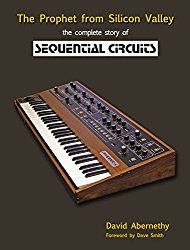
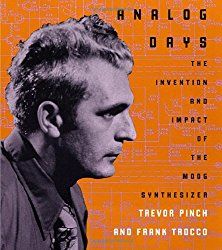
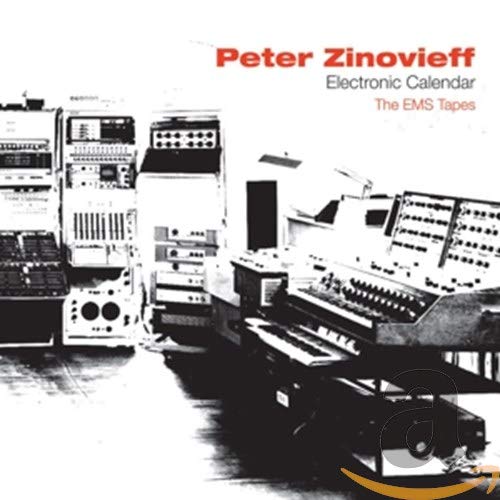
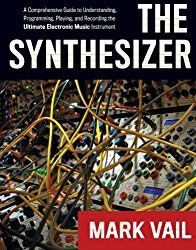

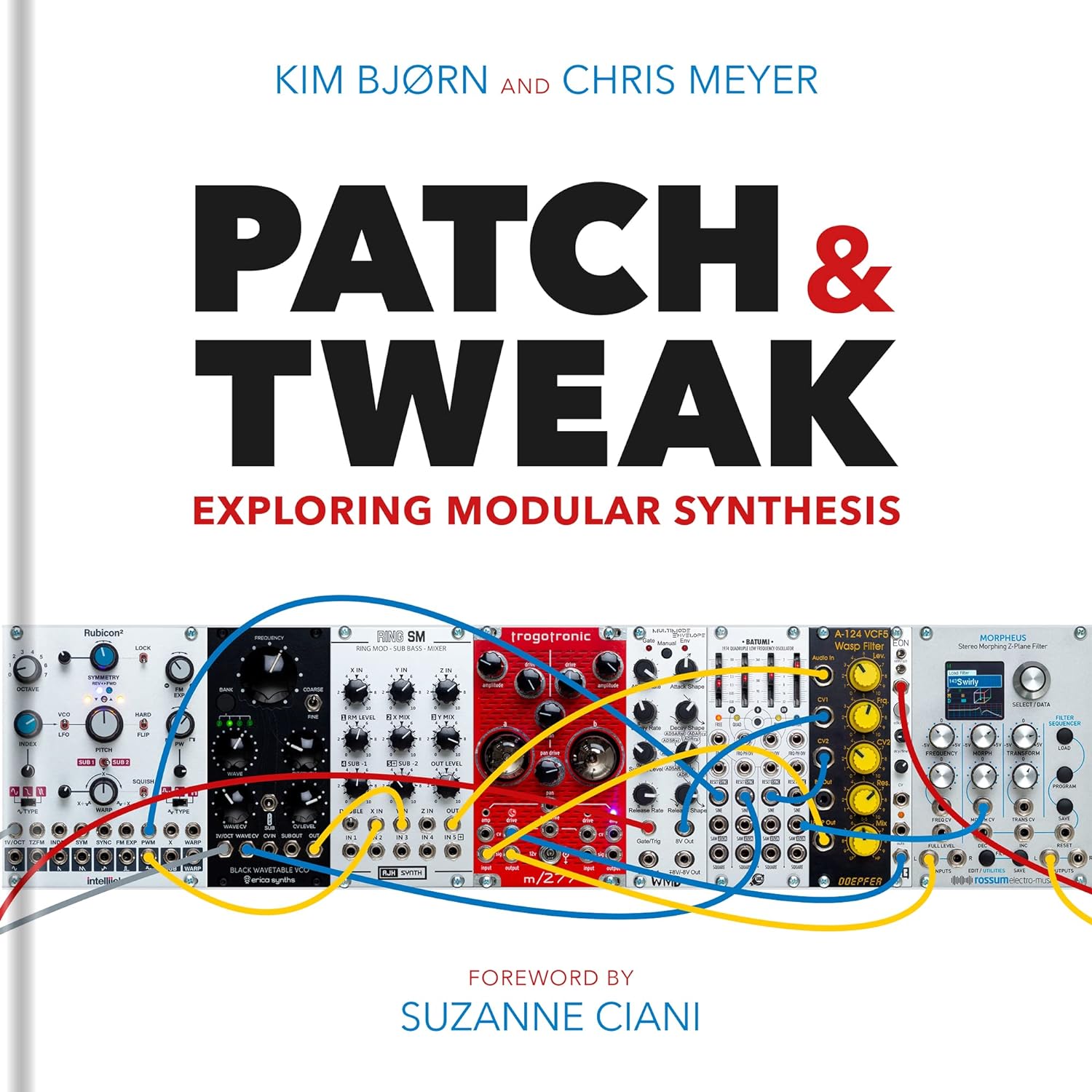
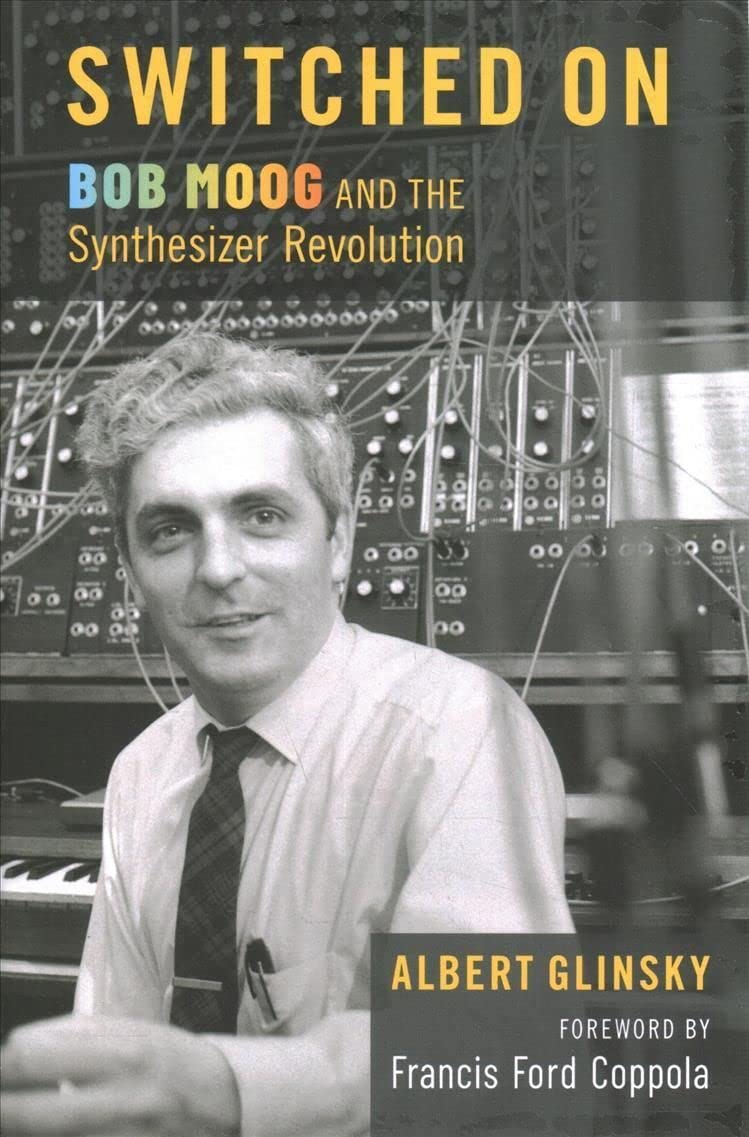
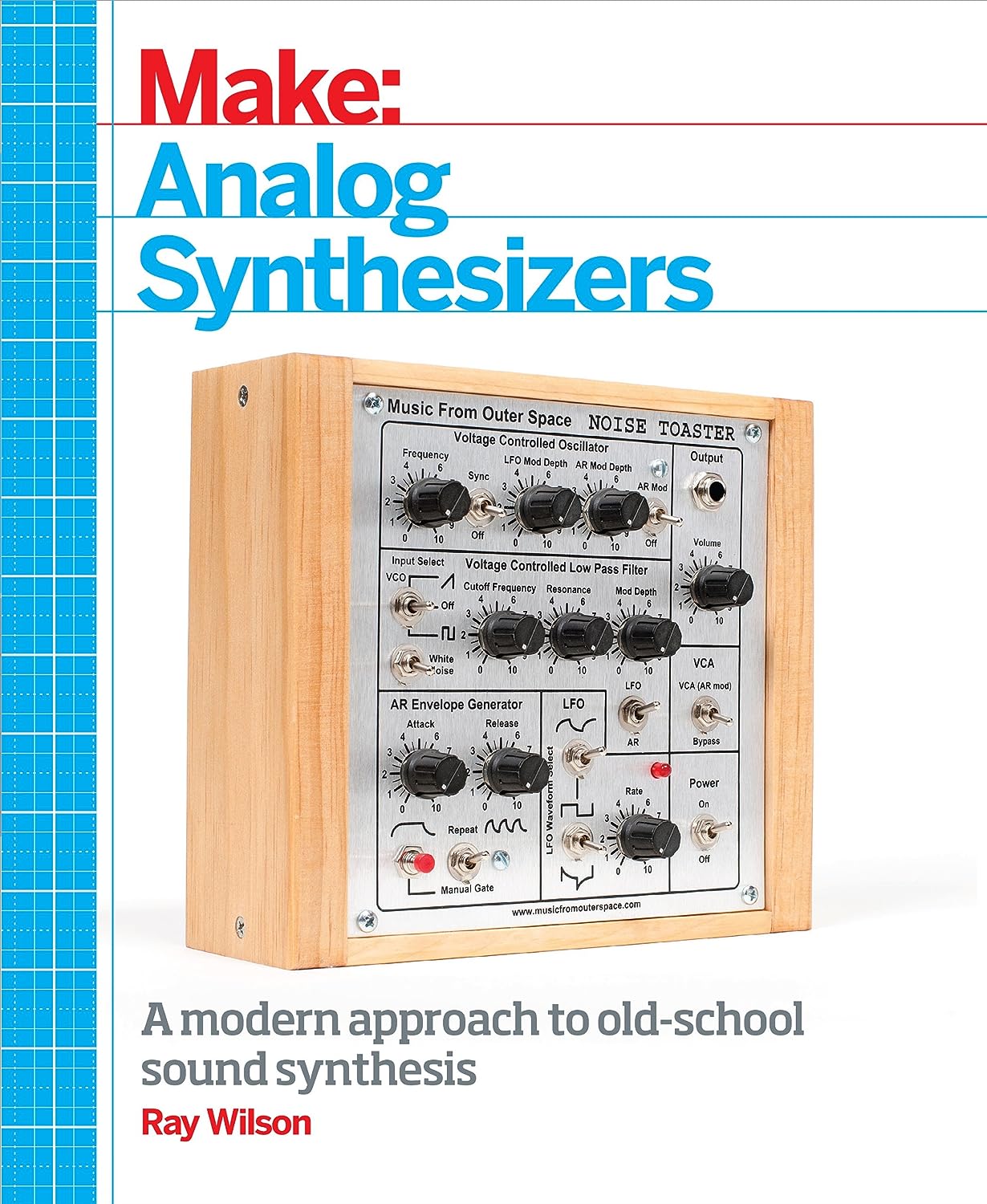
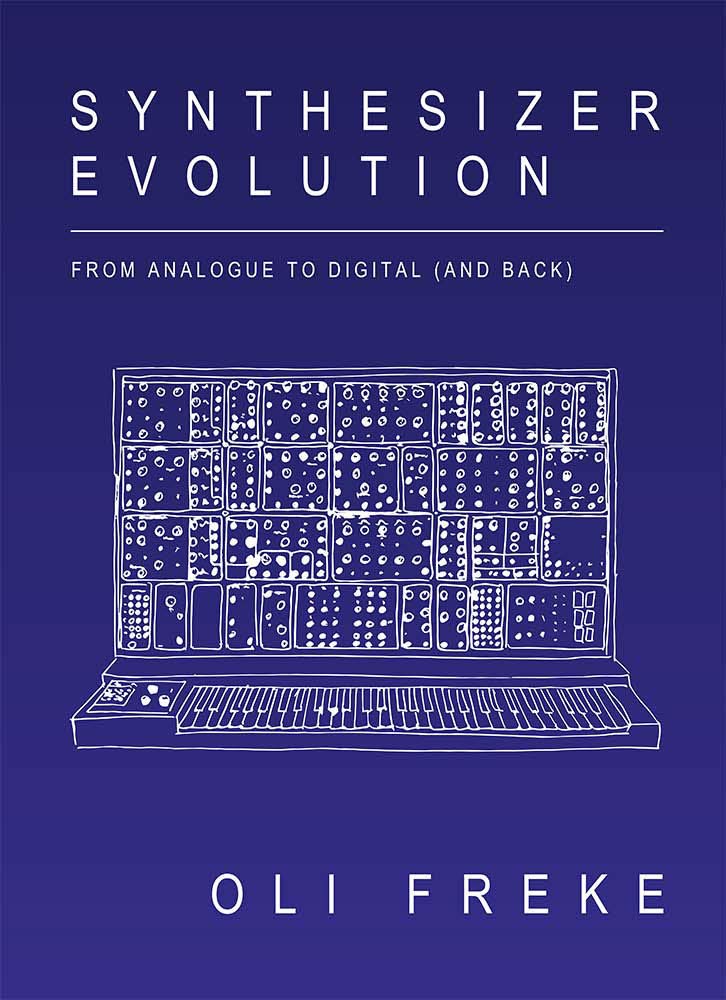

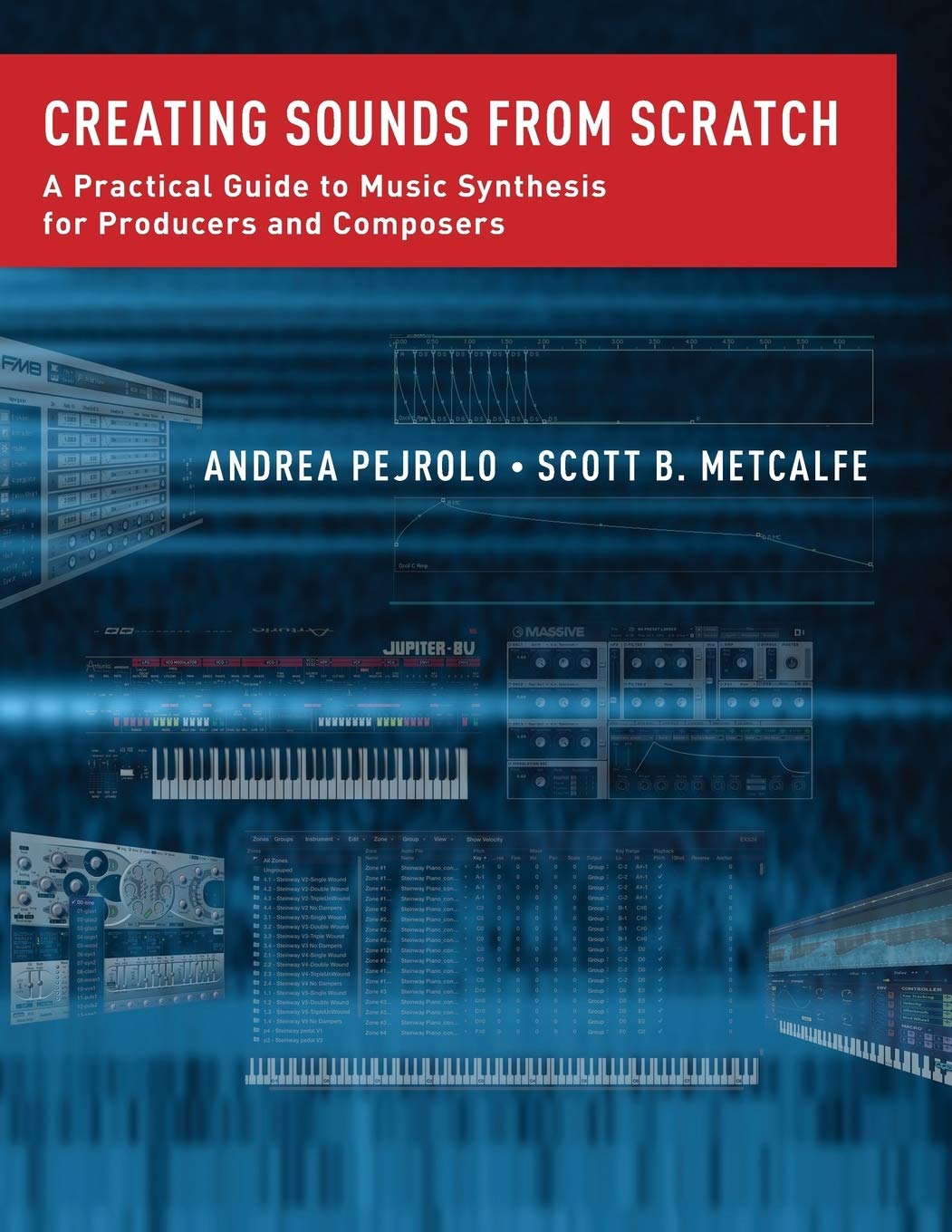


© Matrixsynth - All posts are presented here for informative, historical and educative purposes as applicable within fair use.
MATRIXSYNTH is supported by affiliate links that use cookies to track clickthroughs and sales. See the privacy policy for details.
MATRIXSYNTH - EVERYTHING SYNTH













© Matrixsynth - All posts are presented here for informative, historical and educative purposes as applicable within fair use.
MATRIXSYNTH is supported by affiliate links that use cookies to track clickthroughs and sales. See the privacy policy for details.
MATRIXSYNTH - EVERYTHING SYNTH















